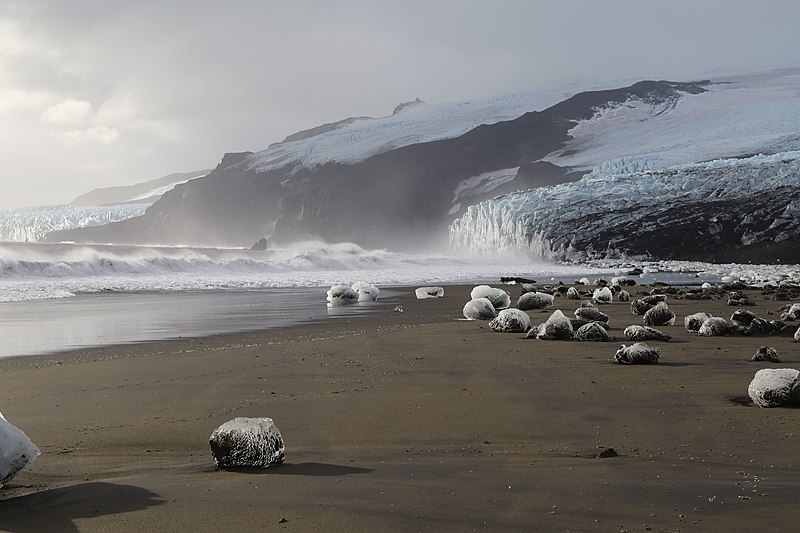Heard and McDonald Islands


Facts and practical information
The Heard and McDonald Islands are a remote and largely untouched volcanic archipelago in the Southern Indian Ocean, administered by Australia as an external territory. These islands, which include the World Heritage-listed Heard Island and the McDonald Islands, are situated approximately 4,100 kilometers southwest of the Australian mainland and represent some of the planet's most extreme and isolated landscapes.
Heard Island, the largest of the group, is dominated by the imposing Mawson Peak, a part of the Big Ben massif, which is also Australia's highest peak and an active volcano. The McDonald Islands, though smaller, are equally intriguing with their own volcanic activity having reshaped their features as recently as 2005.
Declared a World Heritage Site in 1997, the islands are recognized for their pristine environment, which has seen minimal human impact. This has made them a crucial location for scientific research, particularly in the fields of geosciences and biological conservation. The islands' ecosystems are practically untouched by invasive species, providing a natural laboratory for studying biodiversity and the effects of climate change.
The islands' climate is harsh, characterized by persistent cold, strong winds, and heavy seas, which make human habitation and access extremely challenging. As a result, the islands have no permanent residents, with only occasional visits from research expeditions.
The biodiversity of the Heard and McDonald Islands is remarkable, with large populations of seals, penguins, and other seabirds. The surrounding waters are rich in marine life, including whales, making it an important marine conservation area.
Heard and McDonald Islands – popular in the area (distance from the attraction)
Nearby attractions include: Mawson Peak, McDonald Islands, Fremantle Peak, Heard Island glaciers.



